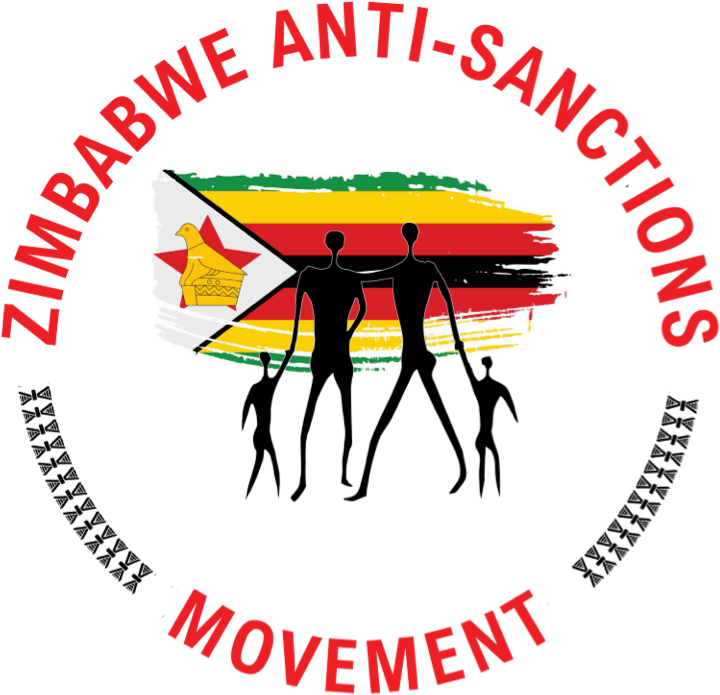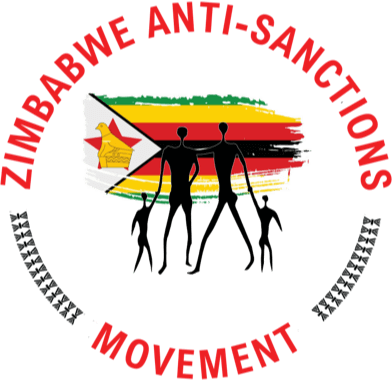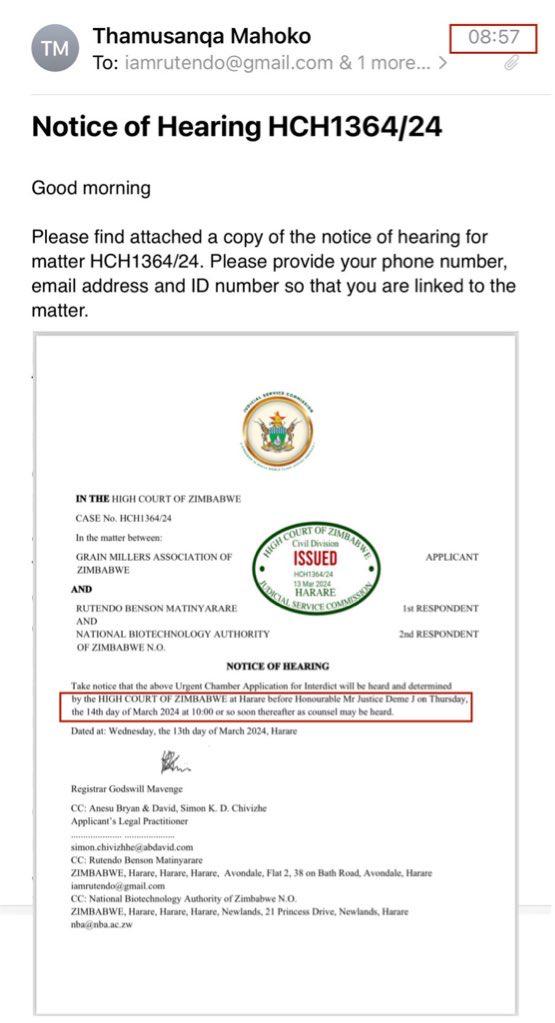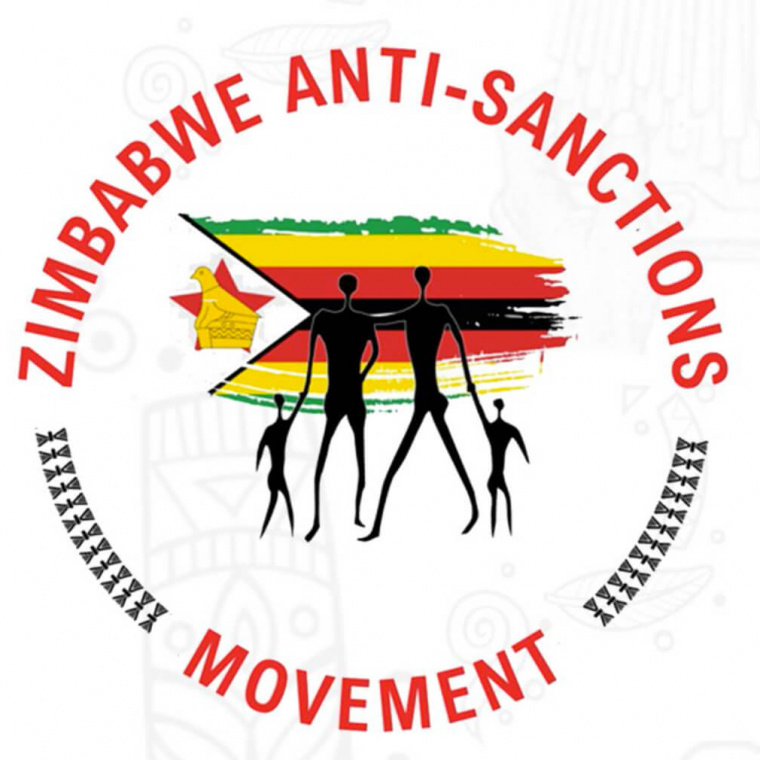
Is it because black people cannot farm, the infamous climate change, or is it purely mismanagement by African governments?
Well, as I illustrated in my article on cattle farming, desert regions like Chad, Sudan, Niger, and Ethiopia are flourishing because they maintained their traditional forms of animal husbandry, while Southern African countries are failing because they adopted colonial methods that have attenuated their herds, reproduction, and disease resistance due to hybridization.
Southern Afrikaners are very capable of producing sufficient food both during rainy periods and droughts to avert food insufficiency, and Zimbabweans are no exception, as their ancestors for over a thousand years built and sustained the great Mutapa and Rozvi Empires through agriculture and mining. So what happened?
The problem is that Southern African governments followed colonial blueprints and created dependency on foreign hybrids and GMOs, fertilizers, pesticides, and machinery produced by their former colonizers that they cannot maintain. This has destroyed our farmers’ competitive advantage of reproductive traditional seeds, traditional farming practices, and our ability to produce food at zero monetary value.
Traditional Bread Basket.
From 900 AD to the liberation war, our ancestors were able to produce enough food to feed our people and even export a great surplus while remaining with at least two seasons worth in the granny. During our liberation, our rural farmers were easily able to feed 6.5 million rural people from overcrowded barren reserve land, and they also managed to feed the liberation fighters that Smith was hoping to starve by creating keeps to isolate them from our rural farmers.
No matter how hard Smith tried to starve our guerrilla fighters, he failed because the peasant rural farmers, despite living on overcrowded barren land, were able to grow enough food to become the food supply lines of the guerrillas. But how was this achieved?
The peasant farmer was able to grow a hectare of food to feed a family of 10, and when they grew more than a hectare, they were able to store enough for a year, share with guerrillas, sell some of the surplus to market, buy clothes, and take their children to school at the cost of zero dollars.
The reason being, each and every family reused seeds saved over hundreds of years, family labour, rudimentary irrigation canals, and ox-drawn ploughs that did not require huge capital outlay for machinery, replacement parts, huge maintenance or fuel, and expensive irrigation equipment. For fertilizer, they used their own cow, chicken, goat, and bat dung and manure.
To drought-proof their crops, they grew traditional grasses and legumes that required less water. More critically, their soils retained more water because they remained fertile because of living organisms in the soil that lived off the manure, infusing hummus into the soil, which made it more coercive to retain moisture.
Another method used to mitigate water scarcity, increase soil fertility, and control weeds was multi-cropping or growing the awesome threesome that included millet, which does not require lots of water, beans, which grow on the millet stems fixed nitrogen into the soil, and pumpkin, which gave ground cover to stop the land from drying quickly and stopped weeds from growing because they couldn’t get sunlight under the pumpkin leaves.
Some weeds, like blackjack, were kept on the peripheries of the fields to repel insects and pests, while swamps and forests were protected so that insects and bugs could flourish to prey on crop pests.
Additionally, the growing of crops adapted over decades in the area helped the crops adapt to disease resistance after decades of selective breeding for drought and disease resistance.
Through these methods, from Rhodesian times to the new Zimbabwe, rural farmers produced the majority of food eaten by the nation from maize, peanuts, cotton, rapoko, millet, milk, and meat.
This was not too different from the Mutapa Empire era, when our farmers even sold surplus food to Portuguese merchants as exports, so there was no need to import food even in droughts because our crops were drought-tolerant, adapted to use less water over time, and the granny stores catered for several years of drought.
It was when independent African governments were fooled into fixing what was not broken that they discouraged our rural farmers from using traditional reproductive seeds and exchanged them for unproductive hybrid cash crop seeds that these governments destroyed our food self-sufficiency.
These governments, in the name of science, forced everyone to grow colonial cash crops like water thirsty and nutrition-depleting maize, soya, and tobacco. This created mono-cultural farming, which depletes nutrients in the soil, forcing farmers to use synthetic fertilizers, herbicides, and pesticides like glyphosate, anthracene, and neonicotinoids, which kill living organisms in the soil, making the soil looser, less fertile, and reducing its ability to hold water.
The same monoculture also multiplies the concentration of pests that feed on the monocrops the nation concentrates on producing. The chemicals kill bees and other pollinators that depend on pollinating weeds and herbs that are being destroyed by chemical weedkillers, and with less diversity in pollinators, we have less yield.
On the financial side, where each rural family grew their hectare of millet, pumpkin, and beans without spending any money, now they have to grow a hectare of water thirsty and nutrition-depleting hybrid maize at a cost from $320 to $380 a hectare to feed the same family of ten. And if they want to make money to buy clothes and take children to school, they need to spend the same to grow more hectares.
Due to this high cost of growing crops, over 80% of our rural families can no longer afford to grow food to feed their families anymore because of the prohibitive cost. Their soils are less fertile, less cohesive, and hold less water, while their agricultural practices are no longer as drought-proof as their ancestors were when they grew more drought-resistant traditional grasses.
To add to this, farmers also have less livestock as their less disease-resistant hybrid cattle and boer goats have low immunity and continue to die of pest infections and drought because they are less robust.
As Southern African governments did with attenuating our cattle herd through hybridization with foreign inferior breeds, vaccination, medication, and pen-feeding in the name of science, they also pushed our farming into the trap of dependency on foreign seed, fertilizer, and chemicals when they adopted colonial seeds and farming practices to destroy our rural farmers in the name of science.
Some liberation movements unwisely decided to take advantage of this attenuation of rural families’ food self-sufficiency to make them dependent on ruling parties for seeds to force them to vote for them.
But what they didn’t realize is that as rural farmers became dependent on governments, the governments also became dependent on foreign seed companies and USAID to feed their people.
And sadly for these governments, many don’t have the capital to buy enough seeds for all their farmers to produce enough, and as a result, today, less than 35% of families that should be growing crops are growing crops. Consequently, reducing the ratio of families dependent on producing their own food compared to before.
Nevertheless, when many of these governments are asked why they can’t feed their people, they lament global warming, the need for irrigation systems, and mechanization because they destroyed the traditional system of family farming, fostered a dependency on maize, which is not indigenous to Africa, and some even criminalized the cultivation of our traditional small grains and now less than one third of our rural homes are still producing food for themselves. As a result, these families are not dependent on the government, commercial farmers, or shops to feed themselves.
This self-engineered dependency is the reason why Southern Africa is more food insecure than West, East, and North Africa, where families in rural areas are still producing most of the food that they eat.
Our governments in this region, entrenched neo-colonialism and dependency by commercializing and industrializing food production and encouraging all our farmers in the country to grow nutrient-depleting and water thirsty cash crops that are not indigenous to Africa.
The outcome was us turning our region into a captive market for fertilizers, seeds, chemicals, machines, parts, and lubricants from foreign countries. A very unsustainable foundation for food self-sufficiency.
This is an issue Hitler made a big deal about in his book Mein Kampf, where he said that before Germany can think of being a superpower and highly industrialized nation, its economy must be founded on solid agriculture and food self-sufficiency.
Now our governments are captive of USAID, Monsanto, Sygenta, Dell, and Limagrain, the subsidiary of Vilmorin, which is the biggest shareholder in Seedco. And with that power, these entities can actually determine who governs a country just by manipulating the food supply.
What is even more disturbing is that in most African countries like Kenya, Tanzania, Zimbabwe, Zambia, and South Africa, under pressure from the World Trade Organisation and treaties like UPOV (International Union for the Protection of New Varieties of Plants), the same liberation governments created laws that generally permit foreign companies owned by their former colonizers to be the only ones with the monopoly to develop, produce, and improve the seeds for our staple crops in the name of science. Talk about African ignorance being a billion-dollar industry.





